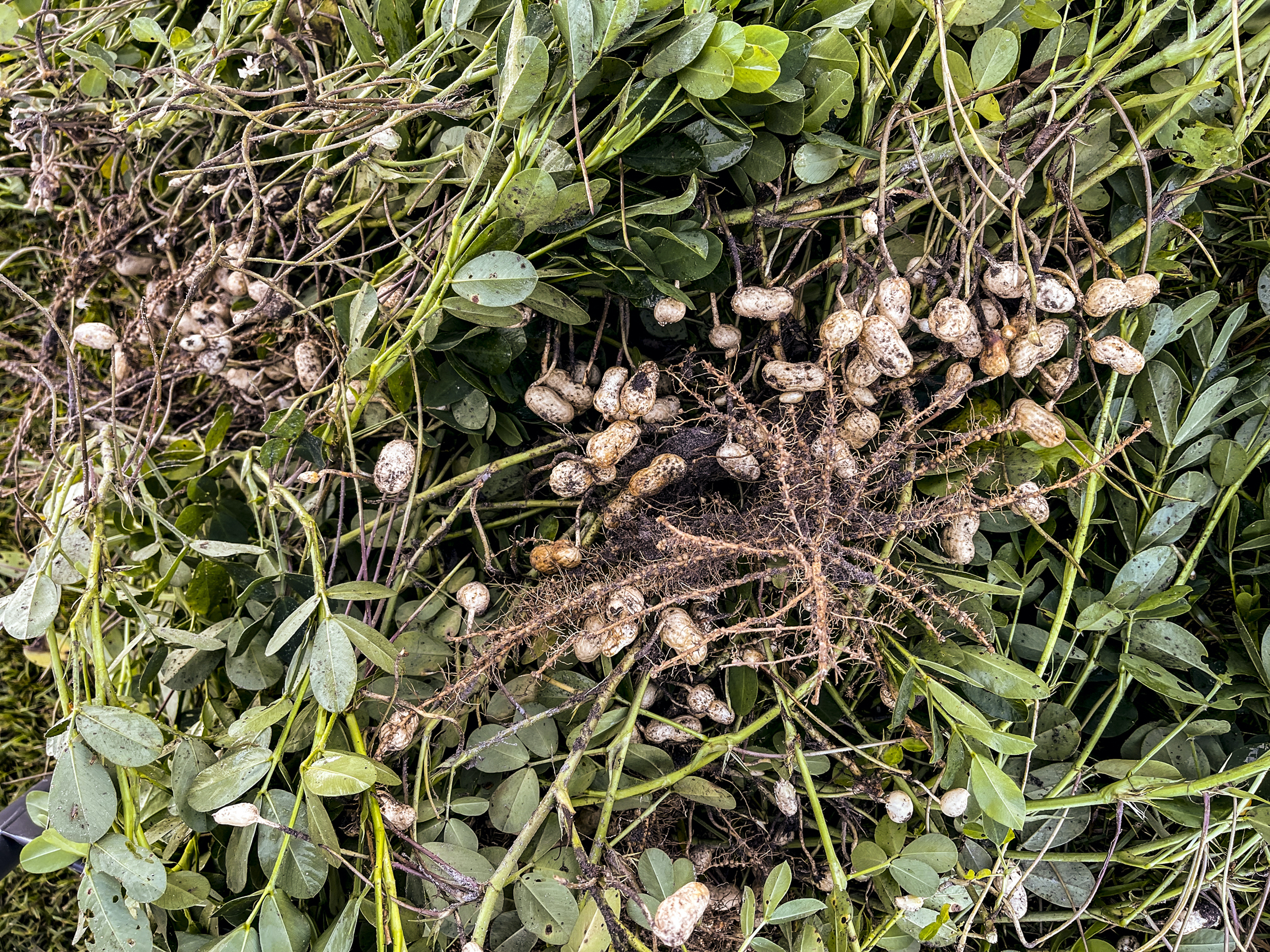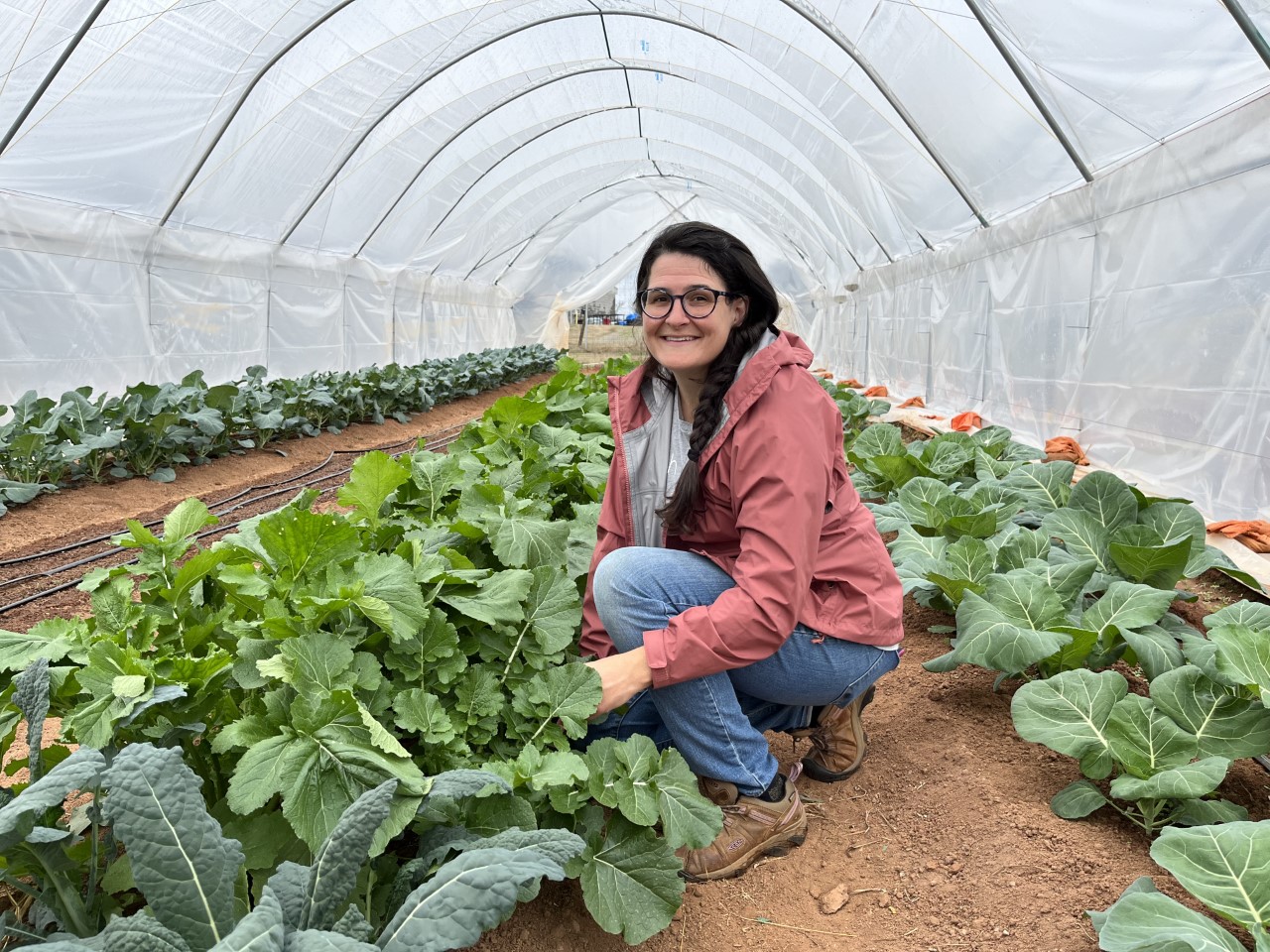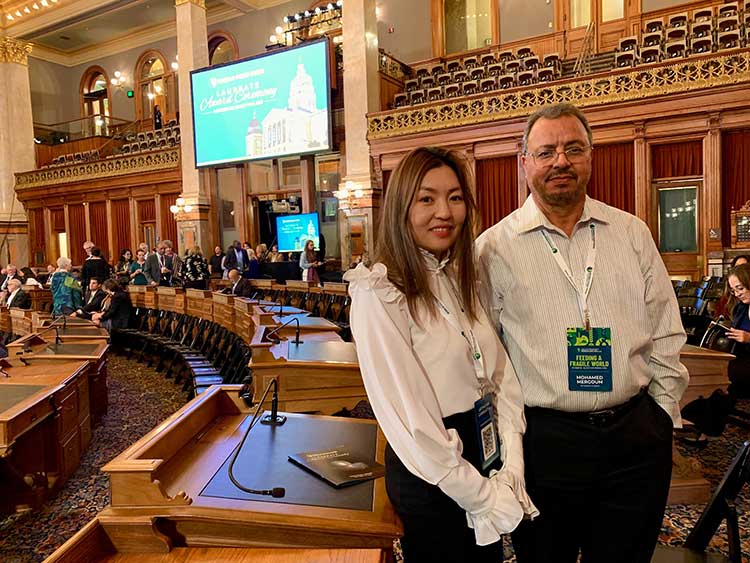.png) CAES News
CAES News
New IIPA Faculty
The University of Georgia's Institute for Integrative Precision Agriculture (IIPA), a new interdisciplinary unit dedicated to the research and application of new technologies in agriculture, has made three new faculty hires. Leonardo Bastos, Lorena Lacerda and Guoyu Lu joined IIPA full time during fall 2022, each contributing to the strategic mission of the institute to harness the power of technology and big data to sustainably provide for our planet’s growing population.

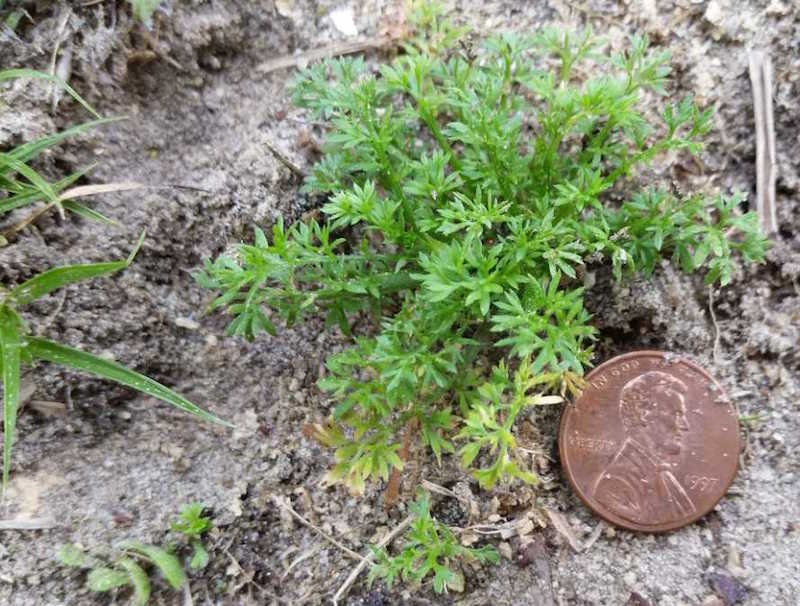

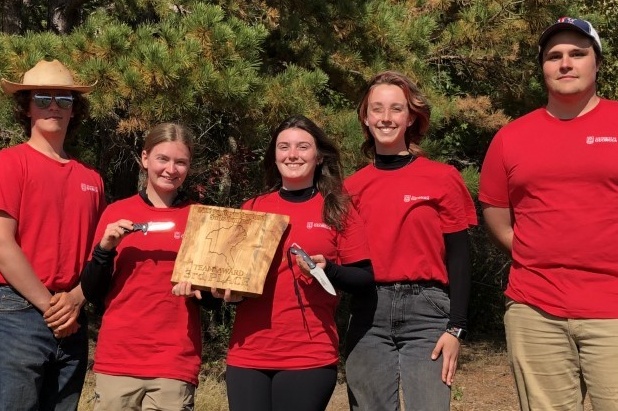
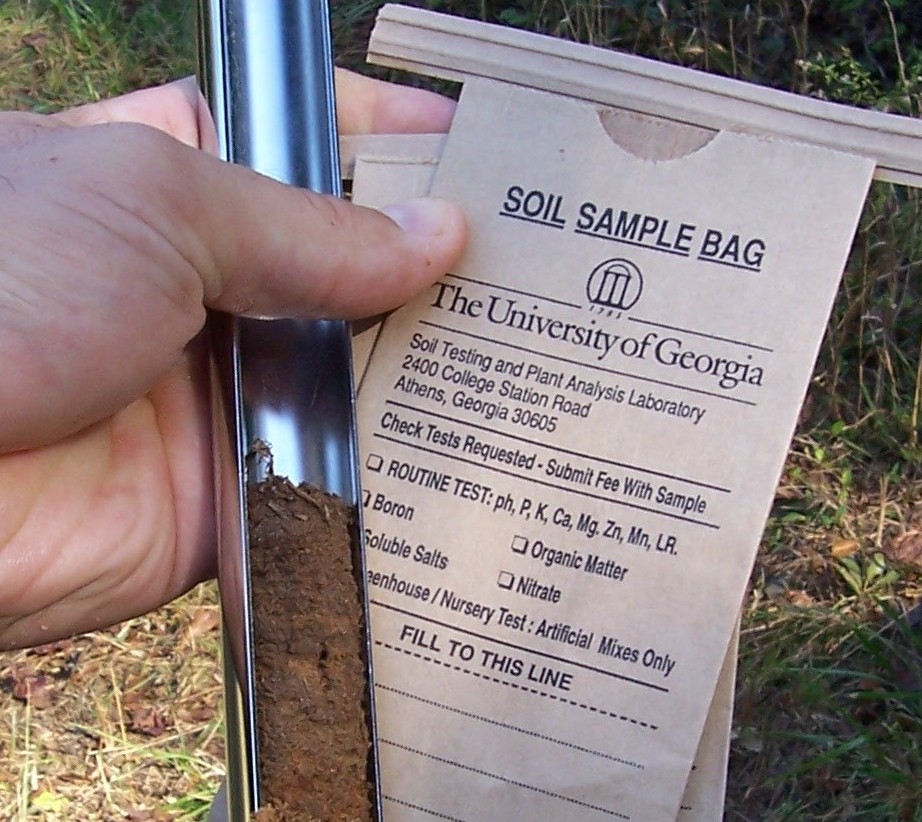
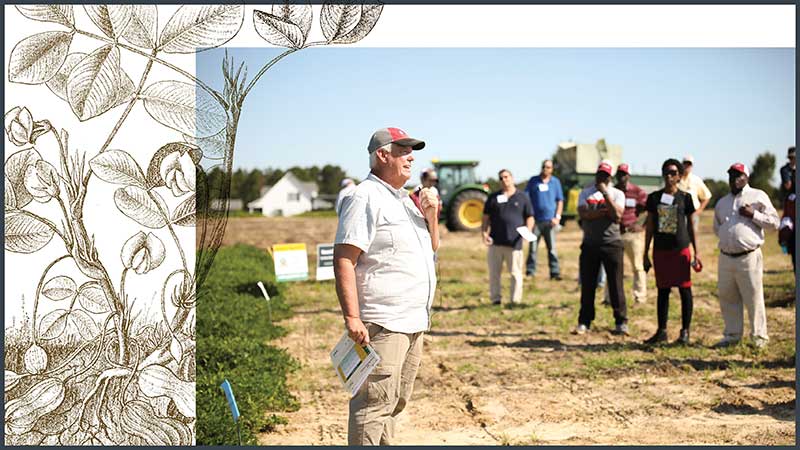
.jpg)
